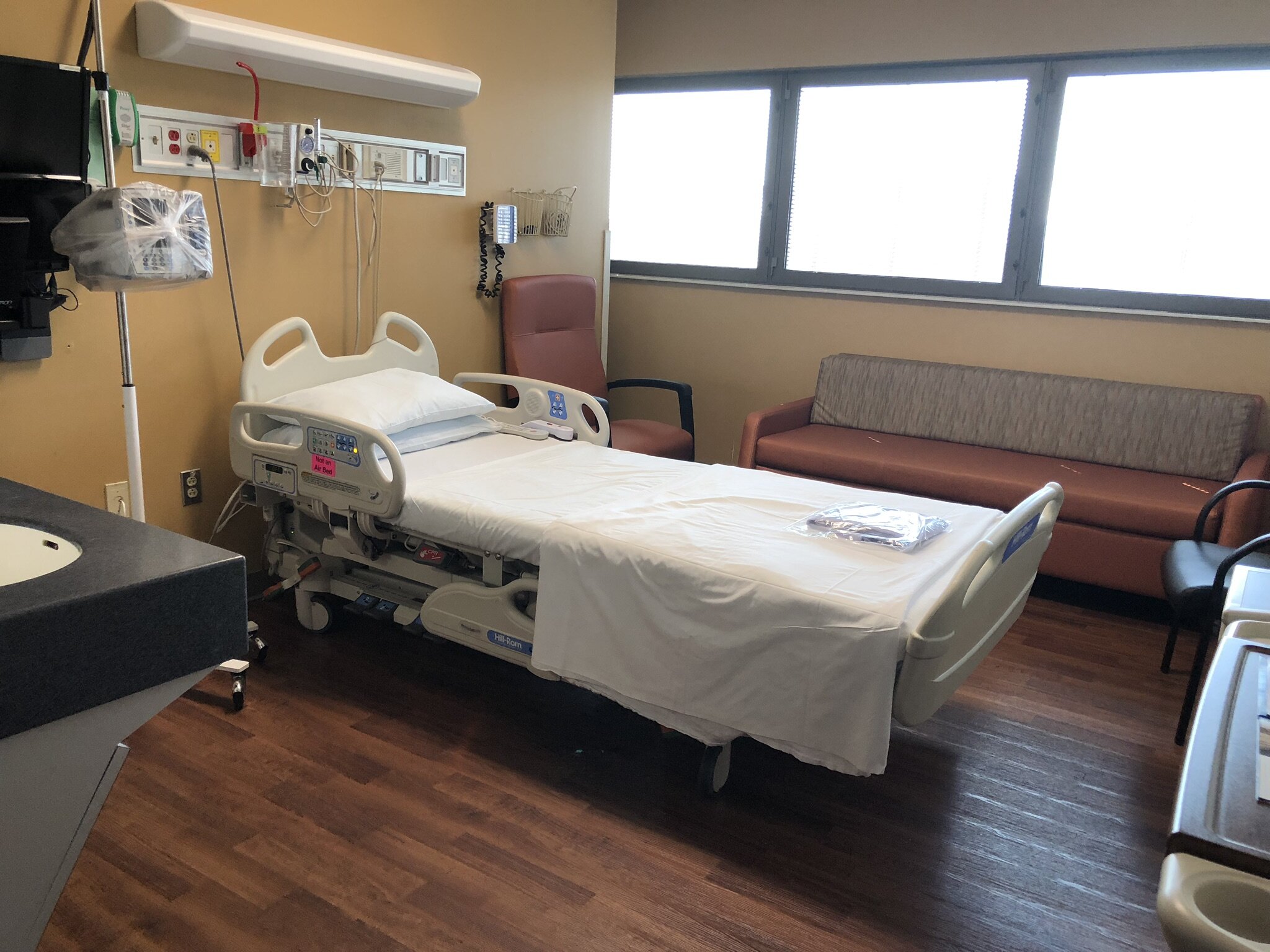
Knee Replacement Instructions
Dr. Kurtz has created lots of information to get patients ready for their knee replacement surgery.
You can watch Dr. Kurtz’s knee replacement videos below.
You can read his knee replacement instructions.
You can read and/or download his knee instructions in a printer-friendly PDF.
You can read his knee replacement consent form.
You can check out his curated list of Amazon products that you may want to buy.
We can call in your routine post-operative medications before your surgery when you fill out this form.
What are the do’s and don’t’s?
It is important to understand what activity is helpful and what activity can slow down your recovery. It is very important to work on range of motion. It is not important to walk or stand a lot on your new knee replacement for the first month as over activity can lead to swelling and bone pain. The biggest preventable complication is falls, so please be careful getting in and out of the shower. WHEN IN DOUBT, ASK YOUR CAREGIVER FOR HELP.
What should I worry about?
It is normal to hurt a little after a knee replacement, but you need to know what you should be concerned about and what is normal.
How much pain medicine should I take?
Most patients will take some pain medicine for two to three weeks. At first, patient will take the pain medicine every six hours, but after a week or so, most patient will just be taking the pain medicine before physical therapy and at night before bed.
Wound Care
Dr. Kurtz believes in a subcuticular skin closure which is why he uses dissolvable suture under the skin. These suture will start to disappear around four weeks and be completely gone around 10 weeks. Patients incisions should rarely drain although bleeding for two to three days can occur. The initial post op dressing is a compressive wrap. The nurse will remove this wrap and apply a water proof dressing to the incision before the patient leaves the hospital. Patients should email Dr. Kurtz a picture of their incision if they have any drainage that occurs more than three days after their surgery.
Long term follow up
Dr. Kurtz believes the doctor patient relationship last a lifetime. One of his fellowship directors used to say, “With this knife, I thee wed.” He believes in obtaining post operative x-rays one year after surgery and then every 5 years after that. These long term x-rays are helpful when a patient is 25 or 30 years out from their surgery. When Dr. Kurtz can observe multiple x-rays at different points along the life of the knee replacement, he can often tell if a radiographic finding is an acute, rapidly progressing issue that needs immediate attention or a chronic, slowly progressing problem that can just be observed.
Knee Replacements often make noise.
Knee replacements are metal and plastic. They do not dampen noise like cartilage does. Therefore, patients will feel and sometimes hear more noise in their knee replacement. The patella is often plastic and will create a hard noise when it contracts against the top of the metal femoral component. Cruciate Retaining (CR) knee implants and non-resurfaced patella will often make less noise than Posterior Stabilized (PS) knee implants and resurfaced patella.
Traveling with a Knee replacement and the TSA
Patients can fly a few days after surgery. Dr. Kurtz has many patients who fly in just for the surgery and then fly home. Dr. Kurtz gives patients an additional blood thinner if they are going to be flying in the first week after surgery.
Dr. Kurtz recommends waiting 3-4 weeks before recreational travel and 2-3 months before scheduling a vacation with lots of activity.
Driving after knee replacement surgery.
Patients can drive after a knee replacement when they are off all narcotics and able to safely get their foot on and off the brake pedal.
Skin Numbness
When a person gets their knee replaced, the lateral side of their knee is numb for a few months. The skin nerves all move medial to lateral, so when the surgeon cuts down the middle of the knee, the skin that is immediately lateral to that incision goes numb for a little while. This numbness does not hurt; it just feels a little weird for a few months.
Swelling and Stiffness
Activity can increase swelling which will increase stiffness. It is best to elevate and ice your knee after surgery and just work on range of motion exercises.
Leg Discoloration in lower leg after knee replacement
Often times, a patient’s knee may fill up with blood after their surgery and some of that blood may get pulled down to their ankle with gravity. Patients will get black and blue in the ankle a week out from surgery and wonder what happened to their ankle. It is just gravity.
